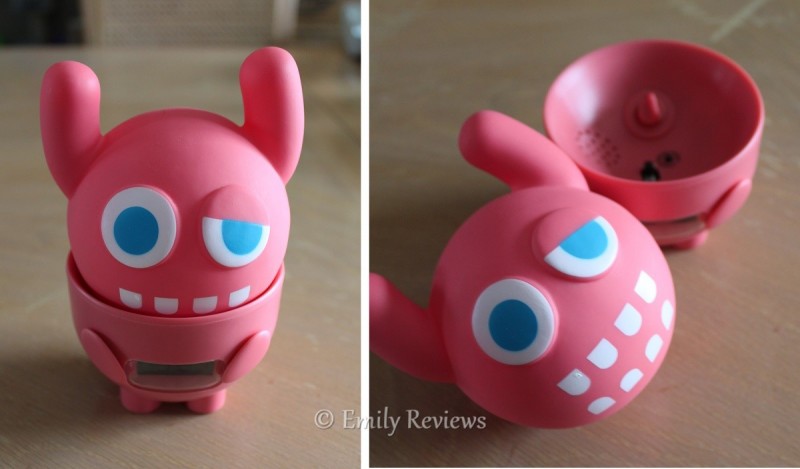
Thank you Pop Clocky
for providing me with products to review, free of charge.
These are my own honest opinions.
I have a 2-year-old, which means that half of my days are spent trying to get my daughter to cooperate. She either wants to do things herself (things that she obviously can’t do such as lift the basket of folded laundry and bring it upstairs), or asks for things she knows she can’t have (such as ice cream for breakfast), or she simply decides she’ll do things in her own sweet time (which means it’ll take 4 times as long as it should, just because).
I know it’s just a normal developmental stage. I know it’ll go away and one day I’ll laugh about it all. But what about now? What happens when things need to get done? When we need to go somewhere and can’t be late? Here are 5 tips to make transitions easier for toddlers:
1. Warn them! Sounds simple enough but life is busy and often times, we know that we have a doctor’s appointment the next day but they don’t. So to make that transition smoother, just warn them about what’s on the schedule for the next couple days. You’ll be amazed at how much they remember and how it helps prepare them. My daughter also asks a lot of questions to understand what is going to happen, when we will leave, how long we’ll be away, etc. The more prepared she is, the better!
2. Set a timer. This is something that’ll prevent a lot of meltdowns if your kid has a hard time stopping what they are doing to do something else. You may have told them yesterday that they had to get a haircut today but even if they seemed fine with it at the time, the transition can be difficult when you tell them it’s time to head out. What I like to do is set the alarm on our Pop Clocky. My daughter absolutely loves her little Rosy. Now, Rosy is no ordinary clock: when her alarm goes off, she makes a distinctively loud sound and her head pops! There is no way to ignore that alarm, no matter how enthralled your little one is with their new Lego blocks. I simply tell my daughter that when Rosy’s head pops, it’s time to get ready. She finds it hhilarious(as would any 2- or 3-year-old) and immediately jumps to pick up Rosy’s head. It puts her in a good mood instead of grumpy one and transitions are a million times smoother now! By the way, Pop Clocky is also your friend if your toddler is difficult to wake up in the morning. They’ll jump out of bed to grab its head and set it back in place instead of hiding under the covers.
3. Give them options. Toddlers want control. Even though it’s true you can’t let them choose if and when it’s time to go to the dentist, you can give them tons of other options that will boost their sense of control. For example, you can let them choose what to wear, which snack to bring, which book to read while waiting to see the dentist. It’s an easy way to get your child to cooperate because they feel they are in control.
4. Give them something to look foward to. This is especially important if the transition involves something unpleasant for your child. Going to the doctor or cleaning their room may not be something they await eagerly but you can find something else that will help them go through the unpleasant situation. For example, you can offer to go to the park afterwards. You can use stickers if your child finds them rewarding (careful, if you overdo it, it’ll lose its appeal). When I want something more tangible as a reward, I opt for a visit at the dollar store. My daughter gets to pick one item that she likes. I’m very lucky because she typically goes for books and puzzles so it’s actually an educational reward but honestly, even if she picked candies, it’s her reward so I’d let her have it. If you are afraid your child will go for something you don’t want them to choose, you can always set up a surprise box at home with items you selected.
5. Allow them to bring one item they love with them. Often times, transitions are difficult because my daughter has to stop what she is doing is leave it behind. Once I realized that, I started allowing her to pick one small thing she would like to bring along (emphasis on small!) Typically, she’ll bring the toy she is playing with or part of it: she’ll bring her doll, one of her Littlest Pet Shop animals, etc. Not having to leave everything behind makes a world of a difference for her!
Tell me! What are your best tips to help your toddler transition more smoothly from one activity to another?
This post currently has no responses.
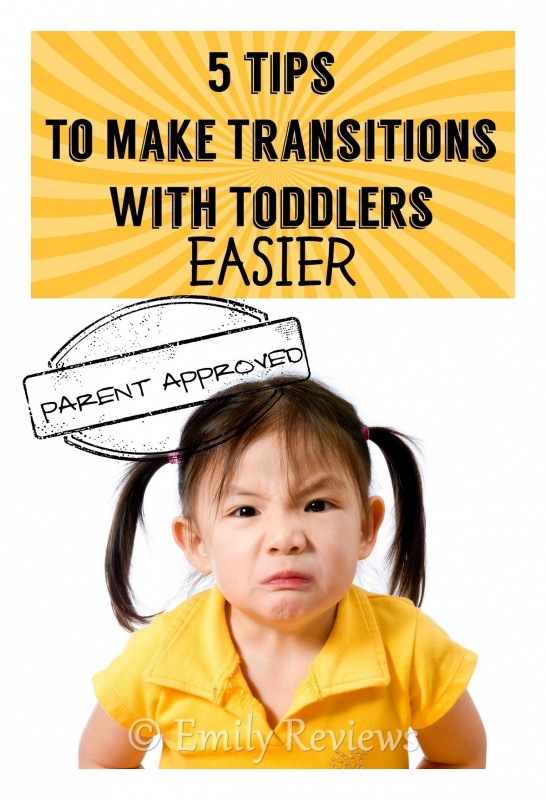




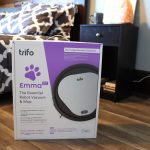


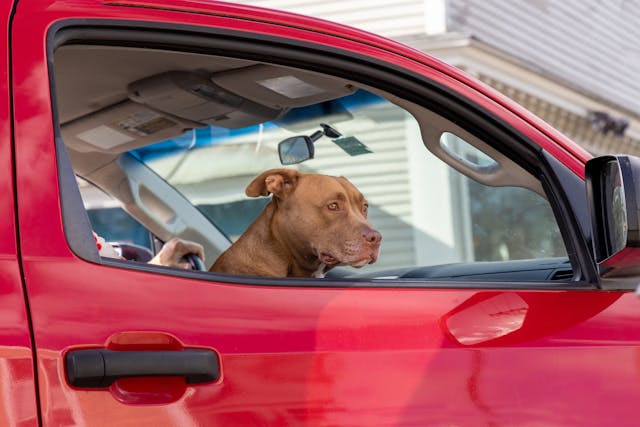
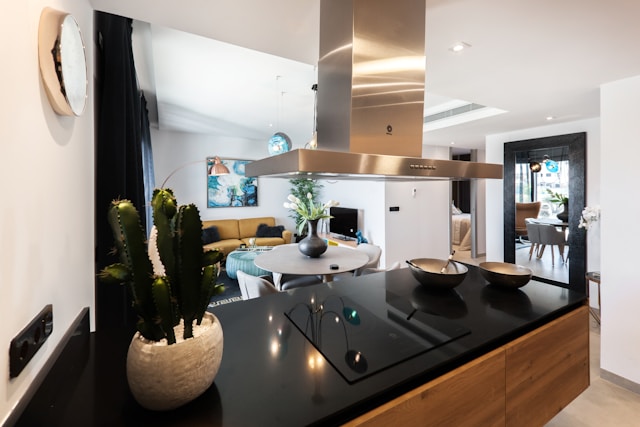

Leave a Reply